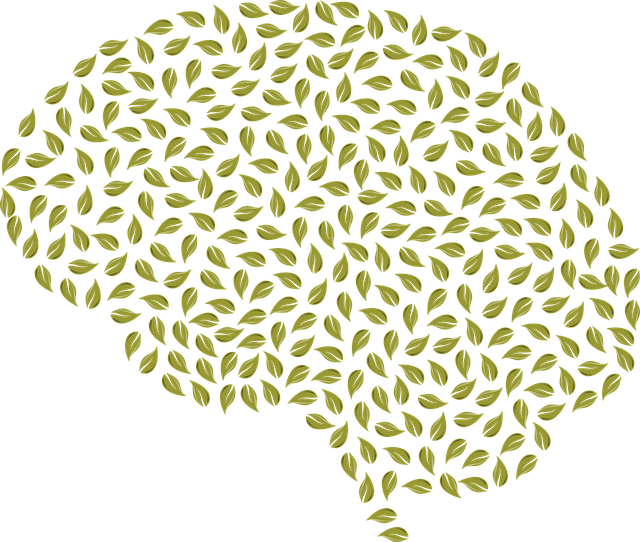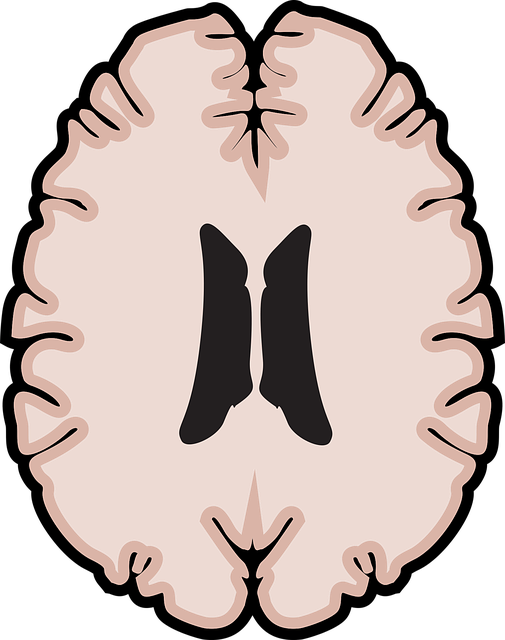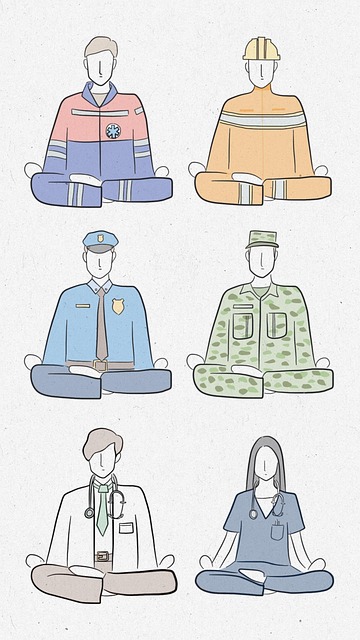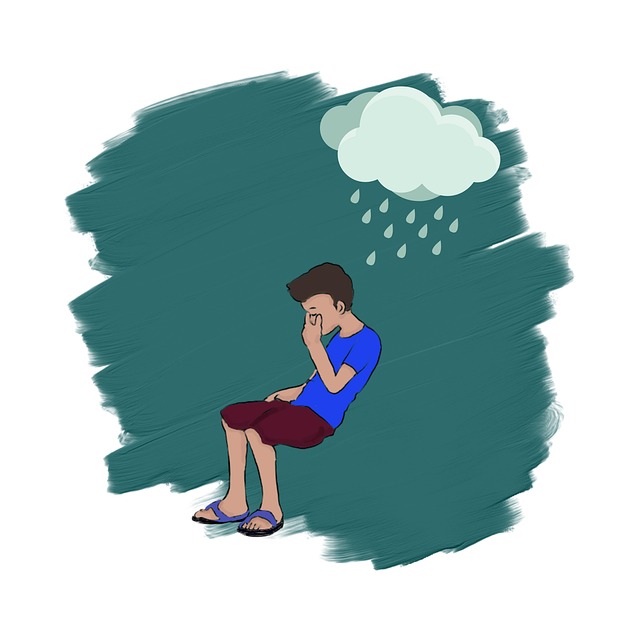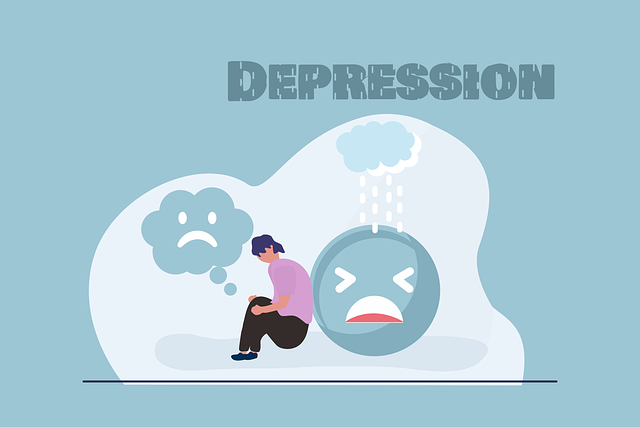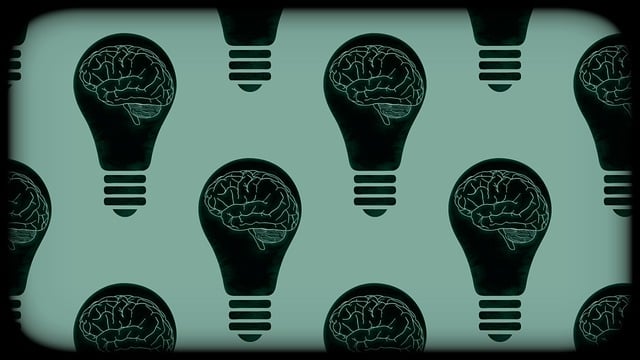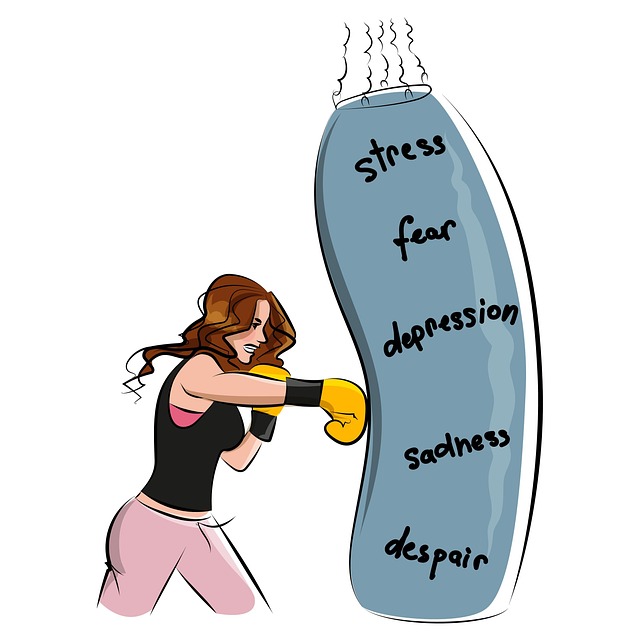Mood regulation and cultural sensitivity are key to effective Parker Abuse Survivors Therapy (PAT). CBT, mindfulness, meditation, and creative arts therapies empower survivors to manage emotions, heal trauma, and reclaim emotional well-being. PAT emphasizes peer support networks for crisis management and emotional stability, while mental health education reduces risks. Integrating diverse therapeutic approaches, including creative outlets, enhances overall mental healthcare effectiveness.
Mood regulation strategies are essential tools for Parker Abuse Survivors seeking healing and recovery. This comprehensive guide explores various therapeutic approaches designed to help individuals manage their emotional states effectively. From cognitive behavioral therapy (CBT) to mindfulness practices, creative expression, and building supportive networks, each section delves into evidence-based methods proven to restore balance and promote stability among survivors of complex trauma. Discover how these strategies can empower you on your journey towards healing and well-being in the context of Parker Abuse Survivors therapy.
- Understanding Mood Regulation: A Vital Aspect of Healing for Parker Abuse Survivors
- The Role of Cognitive Behavioral Therapy (CBT) in Managing Emotional States
- Strategies for Mindfulness and Meditation to Restore Balance
- Exploring Creative Outlets: Art, Music, and Writing as Therapeutic Tools
- Building a Support Network: The Power of Connection for Mood Stabilization
Understanding Mood Regulation: A Vital Aspect of Healing for Parker Abuse Survivors

Understanding Mood Regulation is a pivotal step in the healing journey for Parker Abuse Survivors Therapy. For individuals who have experienced trauma, managing and stabilizing moods can be a complex process due to the profound psychological impact of abuse. Mood regulation strategies become essential tools in their path to recovery, offering ways to navigate and soothe intense emotional states. Through therapeutic interventions, survivors can learn to identify and respond to their emotions, fostering mental wellness and anxiety relief.
Cultural Sensitivity in Mental Healthcare Practice plays a crucial role here. It ensures that the unique experiences and challenges faced by Parker Abuse Survivors are recognized and addressed with empathy. Therapists skilled in this area create safe spaces, tailoring treatment plans to incorporate culturally relevant strategies for mood regulation. This personalized approach enhances the effectiveness of therapy, empowering survivors to reclaim their emotional well-being and build resilience.
The Role of Cognitive Behavioral Therapy (CBT) in Managing Emotional States

Cognitive Behavioral Therapy (CBT) is a highly effective approach for managing and regulating mood states, especially among individuals who have experienced trauma or abuse, such as those seeking Parker Abuse Survivors Therapy. This evidence-based practice focuses on identifying and challenging negative thought patterns and behaviors that contribute to emotional distress. By teaching individuals to recognize and reframe cognitive distortions, CBT empowers them to gain a greater sense of control over their emotions.
In the context of mental illness stigma reduction efforts, CBT offers valuable tools for fostering mental wellness and preventing burnout. It encourages patients to adopt healthier coping mechanisms, enhancing their ability to navigate life’s challenges with resilience. This therapeutic approach has been extensively studied and proven successful in treating various mental health conditions, making it a cornerstone in many comprehensive mental wellness programs.
Strategies for Mindfulness and Meditation to Restore Balance

Mindfulness and meditation are powerful tools to help individuals regain a sense of balance and calm, especially for those who have experienced trauma or abuse. These practices encourage individuals to focus on the present moment, cultivating awareness of their thoughts and feelings without judgment. By regularly engaging in mindfulness exercises, one can learn to recognize and manage intense emotions effectively. For instance, a simple yet effective technique is to observe one’s breath, noticing its rhythm and feeling its soothing effect on the body.
Meditation practices, such as loving-kindness meditation, can foster self-compassion and positive emotions. This involves directing kind thoughts towards oneself and others, promoting mental wellness and resilience. These strategies are beneficial for everyone, but they hold particular significance for Parker Abuse Survivors Therapy, offering a means to navigate the complexities of trauma healing. Incorporating Mental Wellness Journaling as a complementary practice can further enhance these benefits, allowing individuals to track their progress and gain deeper insights into their emotional patterns.
Exploring Creative Outlets: Art, Music, and Writing as Therapeutic Tools

Exploring creative outlets like art, music, and writing can be profoundly therapeutic for individuals, especially those who have experienced trauma or are navigating complex emotions. These activities offer a unique form of communication, allowing people to express their feelings in ways that might be difficult to articulate verbally. For Parker Abuse Survivors Therapy (PAT) clients, engaging in artistic expression can serve as a powerful tool for healing and mood regulation. PAT often incorporates creative therapies into its treatment plans, recognizing the potential for art to tap into unspoken emotions and provide an outlet for release.
Through art, music, or writing, individuals can externalize their experiences, process trauma, and gain new perspectives on their feelings. This process fosters self-awareness, which is a crucial aspect of mood management. Additionally, engaging in these activities can stimulate the release of endorphins, often referred to as “feel-good” hormones, contributing to improved emotional well-being. Healthcare Provider Cultural Competency Training emphasizes the importance of understanding and respecting diverse therapeutic approaches, including creative arts therapies, which have gained recognition as valuable components of comprehensive mental health care, particularly within compassion cultivation practices.
Building a Support Network: The Power of Connection for Mood Stabilization

Building a strong support network is an invaluable tool in regulating one’s mood and stabilizing mental health. Connection and community play a significant role in healing, especially for individuals who have experienced trauma or abuse. Parker Abuse Survivors Therapy (PAT) emphasizes the power of peer support, where survivors find solace in shared experiences and understanding. This therapy model encourages the formation of supportive relationships, creating a safe space to express emotions freely.
The impact of social connections extends beyond emotional support; it also provides practical assistance during crises. Crisis Intervention Guidance often highlights the importance of having a network that can offer immediate aid and resources when facing intense emotional distress. Mental Health Education Programs Design can empower individuals to recognize warning signs and foster healthy relationships, reducing the risk of exacerbating mental health issues. Additionally, Risk Management Planning for Mental Health Professionals can benefit from these connections, as it ensures professionals have a support system to manage their well-being while assisting others.
For Parker Abuse Survivors, healing is a multifaceted journey, and mood regulation strategies are a crucial component. By combining evidence-based therapies like Cognitive Behavioral Therapy (CBT) with practices such as mindfulness, creative expression, and building supportive networks, individuals can reclaim emotional balance and well-being. These strategies empower survivors to navigate their emotional landscapes, fostering resilience and a deeper sense of stability in their therapeutic journey.
